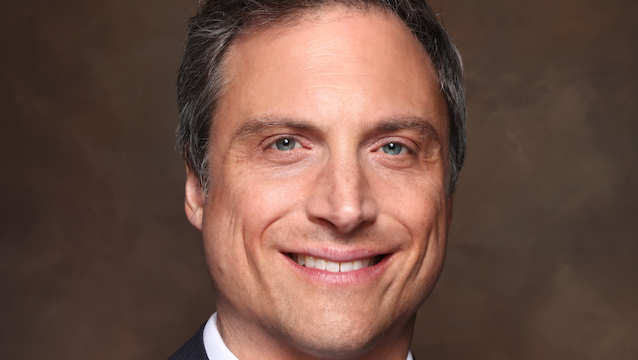Central banks want to get inflation down and eventually cut rates, but with economic growth holding up surprisingly well, cutting rates too soon may stoke further inflation.
This is driving a tension in the markets between economic growth and monetary policy, and how investors are positioning around it.
As investors adjust and position around Fed monetary policy, some have been banging the table to add duration, whereas others are saying there is no rush because rates will likely stay higher for longer.
Ken Orchard (pictured), portfolio manager of the T. Rowe Price Diversified Income Strategy has been adding to short duration because he doesn’t expect the Fed to cut rates materially anytime soon.
“The market seems to have settled on the idea that a neutral rate is somewhere in the three to three and a half percent range,” he told FSA.
“But if you’re getting decent growth with Fed Funds well over 5% and the 10-year yield in the 4-4.5% range, then perhaps neutral might actually be higher than that.”
The neutral interest rate is the rate where the economy can run at fully employment and stable inflation – where the central bank is neither accommodative nor restrictive.
“That means that we can’t expect as many rate cuts as people are hoping for,” Orchard added.
This is why he has been adding short-duration to his portfolios given the available yields on offer and what is priced-in the bond markets.
Why wouldn’t you add to short duration?
“Cash rates in the US are 530 basis points, maybe 550 if you are able to take a little bit of credit risk,” Orchard said. “Compare that to getting maybe 400 basis points or so if you buy some longer dated, investment grade corporate bonds. So why wouldn’t you think about shortening up a bit?”
“I guess a lot of people say you want to lock in those great yields — but they’re not going away.”
“From 2010 to 2016 the market spent six years thinking that rates around the world were too low, and they had to go higher, because that’s where they were pre-global financial crisis, and I feel like we’re going through the same thing again now post-Covid.”
Between 2010 and 2016 interest rates in the US remained at ultra-low levels despite calls for raising interest rates.
Orchard continued: “Everybody is saying: ‘rates are too high, they have to come down, it has to be more like they were pe-Covid’”.
“But we’ve had this structural shift in the world; rates are now going to be higher, so take advantage of it and don’t fight it.”
Inconsistent market expectations for rates and yields
Orchard also pointed out that most market participants “seem to agree” on the fact that they don’t think the Fed is going to cut rates as much as what is currently priced-in by the market.
But he also said if you asked the same people where they think the 10-year yield is going to be at the end of the year, “they would say lower”.
This inconsistency in the market expectations appears to stem from the fact that for the past few decades, when central banks were cutting rates – yields went lower.
“I think people aren’t really taking into account the whole yield curve shape and where we are going into this cutting cycle, which is actually very different than it’s been in the past,” Orchard said.
“For most cutting cycles in the past, if you look a quarter before the first cuts the market is often still pricing, maybe one more hike. What we see today is that the market is pricing a lot of cuts.”
“I think the market hasn’t fully internalised how different this is from past cycles: growth is holding up pretty well, in many places it’s even accelerated. It makes it very difficult for the central banks to make as many cuts as what the market has priced in.”
This is why Orchard has been adding shorter duration in the T Rowe Price Diversified Income Bond strategy to protect his portfolio in this environment.
He explained: “Because the yield curve is so inverted, by going shorter duration we’re actually improving the overall yield of the portfolio.”
“For a portfolio like Diversified Income Bond, it’s really a win-win in the current environment in order to keep duration a little bit shorter.”
















